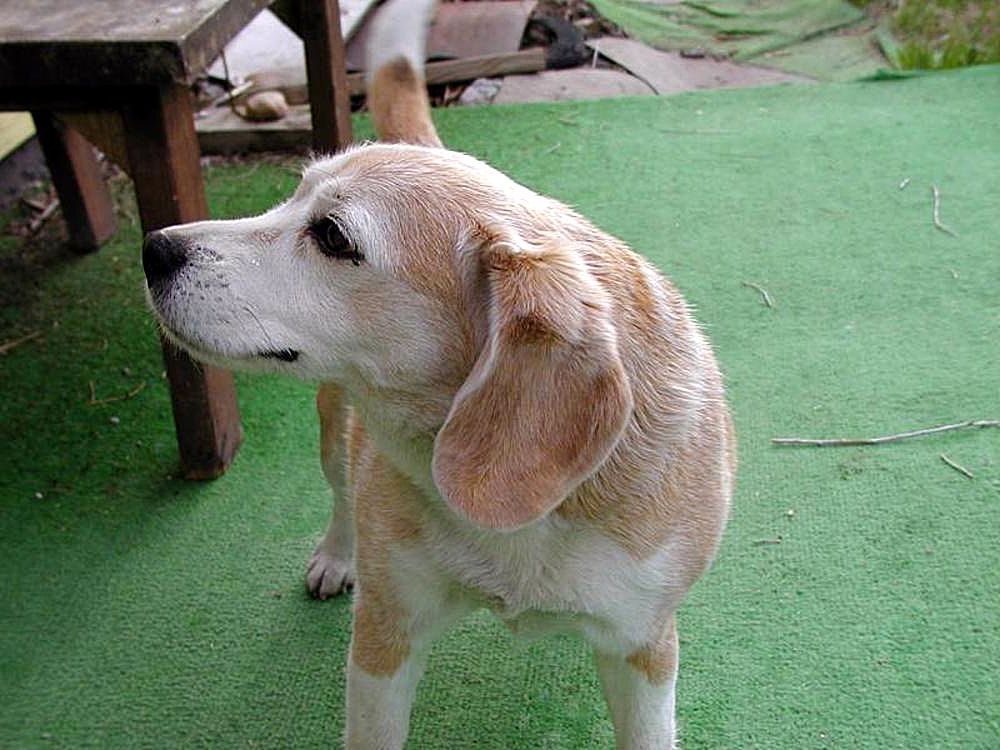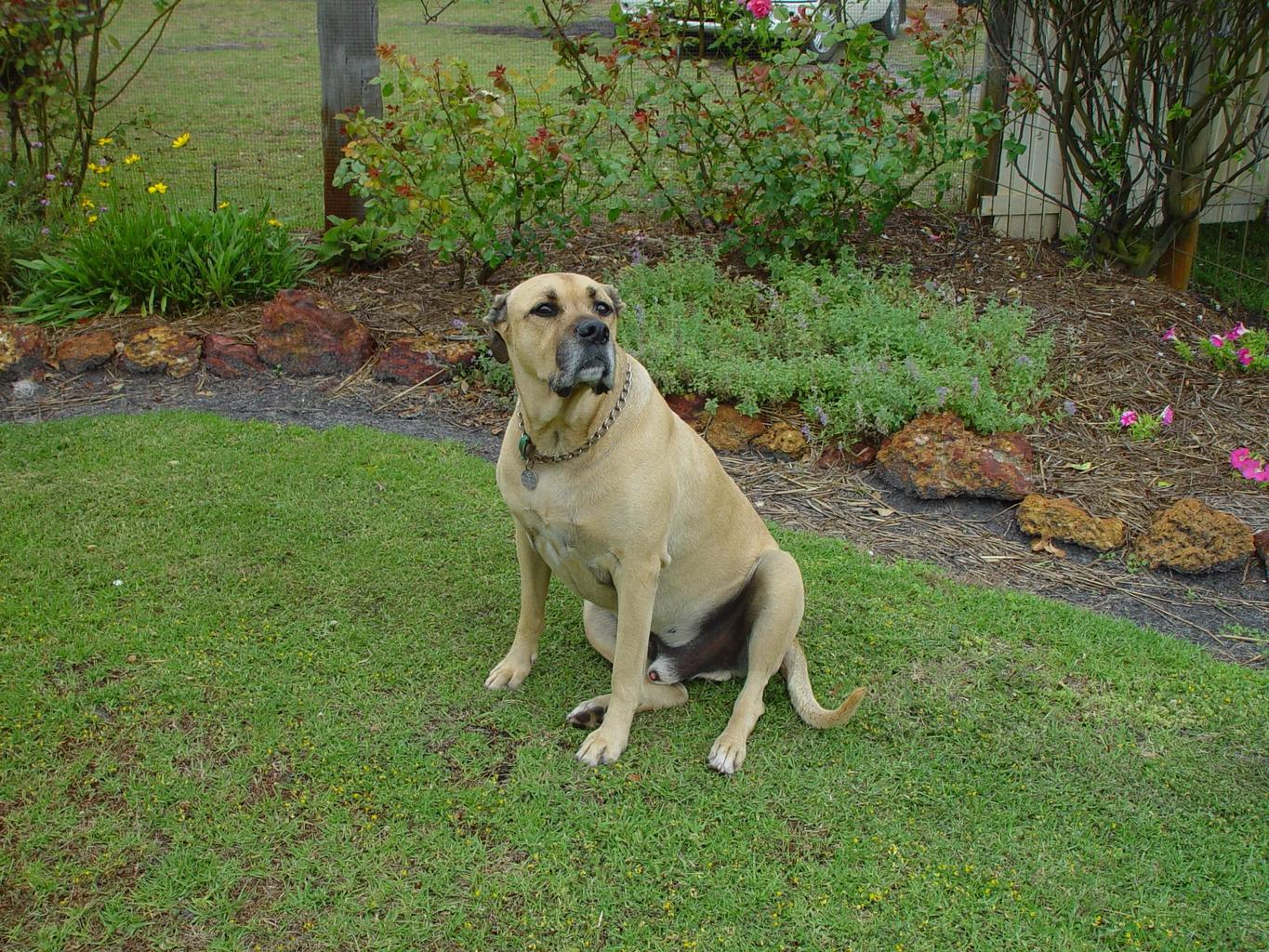Dogs have always been man’s best friend, but their abilities go beyond their wagging tails and adorable faces. They have an incredible sense of smell that makes them the perfect candidate for search and rescue missions. From finding lost hikers to detecting drugs and explosives, these furry heroes have saved countless lives. In this article, we’ll explore how dogs excel in search and rescue and how you can train your own pup to become a scent-sational hero.
Sniffing Out Solutions: How Dogs Excel in Search and Rescue
Dogs have 50 times more olfactory receptors than humans, making them capable of detecting scents that are undetectable to us. They also have a vomeronasal organ that allows them to detect pheromones, which are chemical signals that animals use to communicate with each other. This is why dogs can pick up on scents from miles away and even detect changes in a person’s body chemistry, such as a drop in blood sugar levels.
In search and rescue missions, dogs are trained to track down specific scents, such as human sweat, urine, and skin cells. They can also recognize unique scents, such as a person’s perfume or cologne. Dogs are used in various search and rescue scenarios, including finding missing persons, disaster response, and detecting drugs and explosives.
Dogs are also able to work in difficult terrain and weather conditions, making them indispensable in search and rescue missions. They can climb steep hills, navigate through dense forests, and even swim in water to find their targets. Their determination and loyalty make them the perfect partner for rescuers.
From Puppies to Pros: A Guide to Training Your Furry Hero
Training a search and rescue dog takes time, patience, and commitment. It’s important to start training your dog from a young age, as puppies have a natural curiosity and eagerness to learn. The first step is to socialize your dog and expose them to different environments and people. This will help them become confident and calm in any situation.
Next, you’ll need to teach your dog basic obedience commands, such as sit, stay, and come. This will lay the foundation for more advanced training. You can then start introducing your dog to scent detection training by using scented objects and rewarding them when they find the target scent.
As your dog progresses, you’ll need to increase the difficulty of the training by hiding the scent in different locations and under different conditions. You can also introduce your dog to search and rescue scenarios, such as searching for a missing person in a simulated disaster area.
Remember, training a search and rescue dog is a team effort. You’ll need to work closely with your dog and build a strong bond of trust and communication. With time and dedication, your furry hero will become an invaluable asset in any search and rescue mission.
Dogs are more than just pets – they are our loyal companions and heroes. Their incredible sense of smell and unwavering dedication make them indispensable in search and rescue missions. Whether you’re a rescuer or just a dog lover, the bond between a search and rescue dog and their handler is truly special. So, if you’re considering training your own furry hero, remember to be patient, stay committed, and most importantly, have fun!







